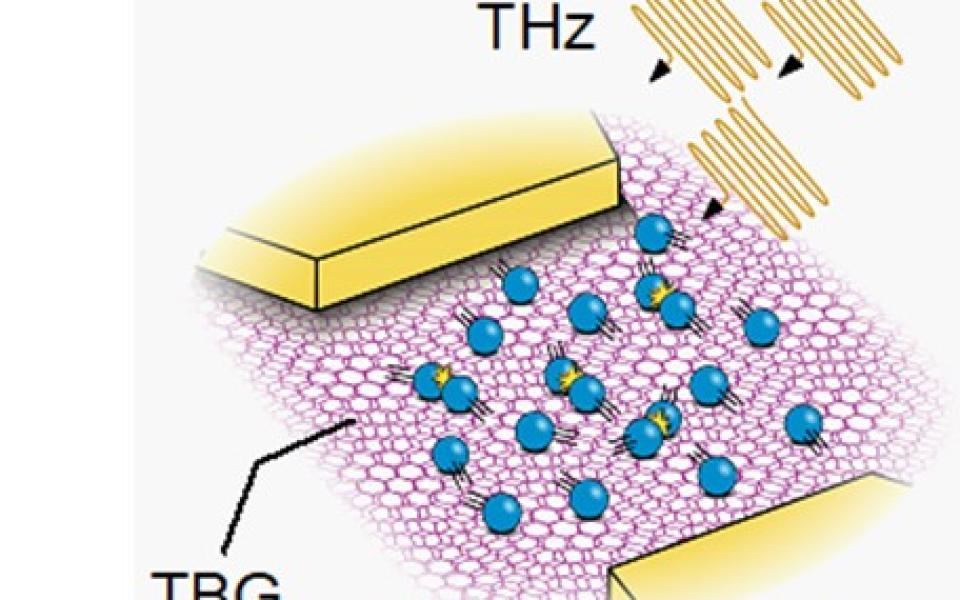Abstract
Since the isolation of graphene, devices based on novel low-dimensional materials and their heterostructures have unlocked vast opportunities for exploring new fundamental phenomena. Reduced dimensionality, unique band structures, quantum geometry, and strong quasiparticle interactions collectively shape the response of these materials to external fields, offering a powerful platform to probe novel light-matter interaction effects and prototype future optoelectronic technologies.
In the first part of my presentation, I will introduce terahertz-driven magnetotransport as a novel multi-messenger probe for investigating the properties of quantum materials. We will explore how terahertz excitation in moiré superlattices can reveal deeper insights into their interaction-driven and topological properties [1]. Next, I will discuss the use of terahertz excitation to initiate hydrodynamic electron transport, demonstrating the emergence of viscous terahertz photoconductivity—a behavior distinct from all known types of photoconductivity in conventional materials [2]. We will also discuss potential applications of viscous terahertz bolometers. Finally, I will present the near-field excitation of ultra-slow Bernstein collective modes in graphene, whose diverging density of plasmonic states can lead to strong magnetoabsorption at terahertz frequencies [3]. We will discuss how these modes provide a tool for testing the tomographic Fermi liquid hypothesis [4].
References
1. High-mobility compensated semimetals, orbital magnetization, and umklapp scattering in bilayer graphene moiré superlattices, A. L. Shilov, M. A. Kashchenko, P. A. Pantaleón, M. Kravtsov, A. Kudriashov, Z. Zhan, T. Taniguchi, K. Watanabe, S. Slizovskiy, K. S. Novoselov, V. I. Fal'ko, F. Guinea, D. A. Bandurin*; ACS Nano 18, 18, 11769–11777 (2024).
2. Viscous Terahertz Photoconductivity of Hydrodynamic Electrons in Graphene, M. Kravtsov, A. L. Shilov, Y. Yang, T. Pryadilin, M. A. Kashchenko, O. Popova, M. Titova, D. Voropaev, Y. Wang, K. Shein, I. Gayduchenko, G. N. Goltsman, M. Lukianov, A. Kudriashov, T. Taniguchi, K. Watanabe, D. A. Svintsov, K. S. Novoselov, S. Adam, A. Principi, D. A. Bandurin*; Nature Nanotechnology 20, 51–56 (2025).
3. Cyclotron resonance overtones and near-field magnetoabsorption via terahertz Bernstein modes in graphene; D. A. Bandurin*, E. Moench, K. Kapralov, I. Y. Phinney, K. Lindner, S. Liu, J. H. Edgar, I. A. Dmitriev, P. Jarillo-Herrero, D. Svintsov, S. D. Ganichev*, Nature Physics 18, 462–467 (2022).
4. Testing the tomographic Fermi liquid hypothesis with high-order cyclotron resonance; I. Moiseenko, E. Mönch, K. Kapralov, D.A. Bandurin*, S. Ganichev, D. Svintsov*, arXiv:2409.05147 (2024).
